PTFE – Polytetrafluoroethylene Applications
Polytetrafluoroethylene (abbreviated PTFE)is a synthetic fluoropolymer of
tetrafluoroethylene. which
finds numerous applications. PTFE is most well known by the DuPont brand name ptfe. PTFE is known for
temperature resistance, chemical resistance, and non-stick properties. PTFE is a thermoset material,
meaning that it does not actually melt, and therefore it does not lend itself to conventional melt
processing techniques. PTFE has one of the lowest coefficients of friction and as such is used as a
non-stick coating, and a dry lubricant.
Modified PTFE: Is a chemically modified version of PTFE with higher permeation resistance,
lower
creep, smoother surfaces and better high-voltage dielectric properties. Modified PTFE has reduced
porosity, improved tensile strength while offering a high degree of weldability. Modified PTFE has the
same performance characteristics of standard PTFE.
There are different versions of Modified PTFE ranging from partially modified to fully modified. (This
speaks to the amount of a PPVE comonomer that has been added) All versions offer excellent chemical
resistance over a wide thermal range.as well as excellent anti-stick performance. Modified PTFE is the
lowest cost fluoropolymer and is often used as a replacement for more expensive FEP and PFA in thin
film applications.
Benefits & Liabilities of PTFE
Benefits
- Wide thermal operating range -160 C to 260 C
- Continuous max operating temp 260 C
- Excellent corrosion resistance
- Excellent Chemical resistance
- Very Low coefficient of friction
- Very Smooth surface texture
- Flame retardant
- FDA compliant
- Excellent electrical insulation

Liabilities
- Low abrasion resistance
- Processing at high temps and slow rates due to molecular weight
- Difficult to stick to
High Performance Film Custom Manufacturing

